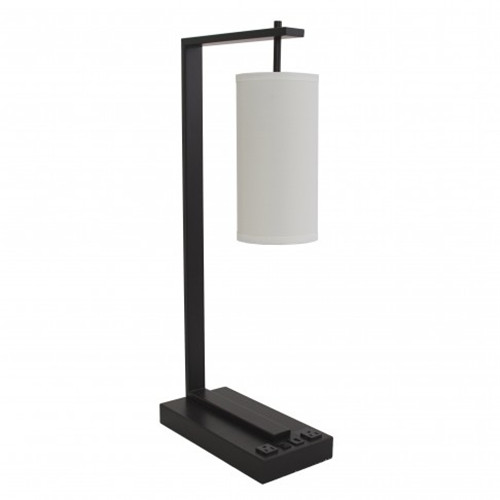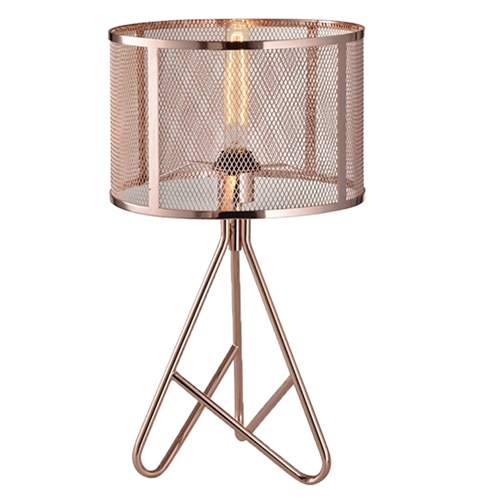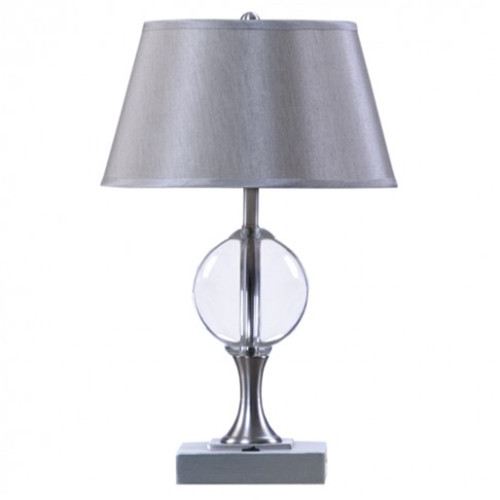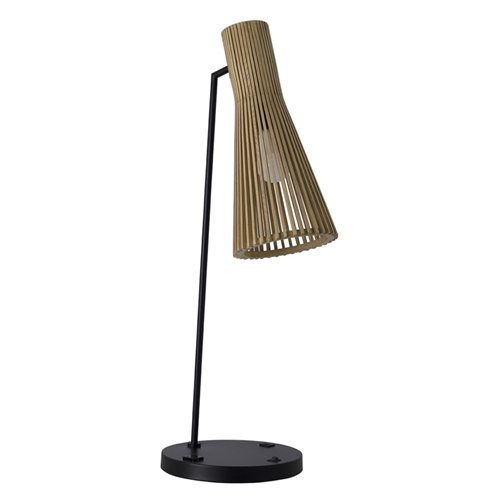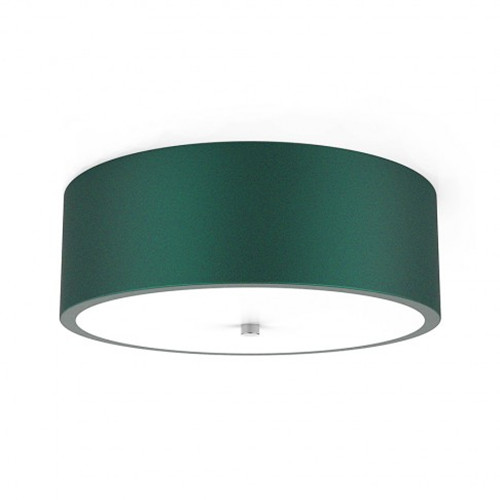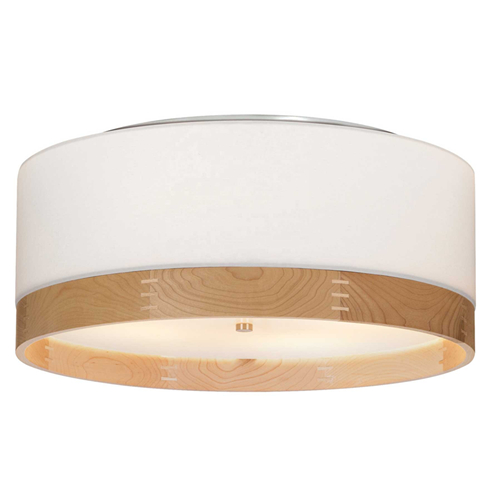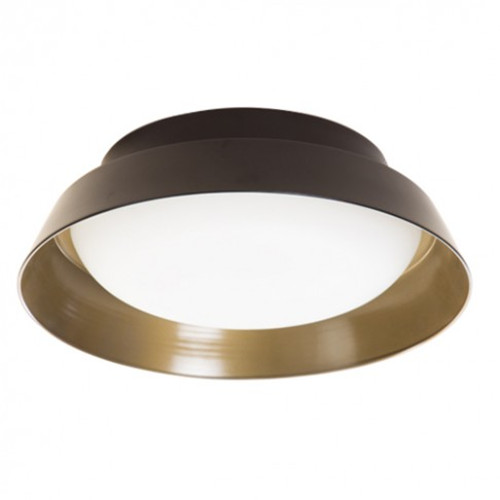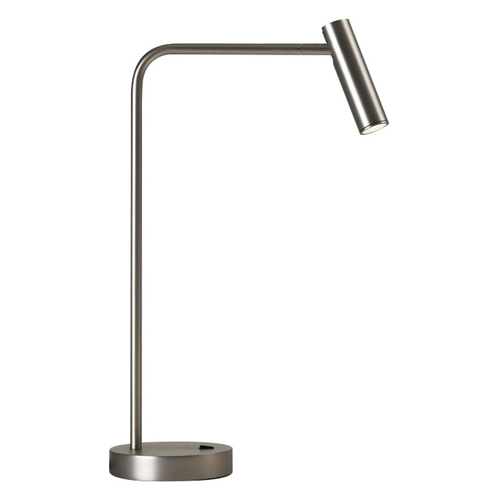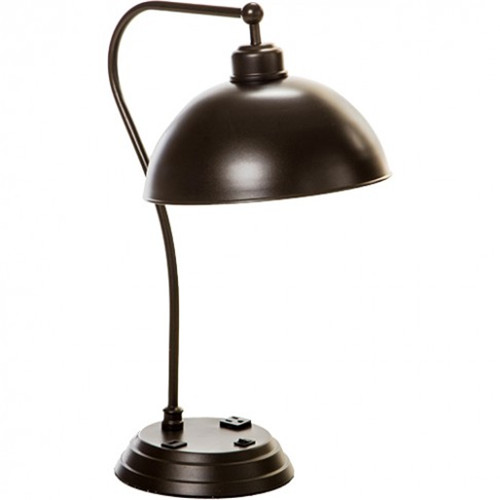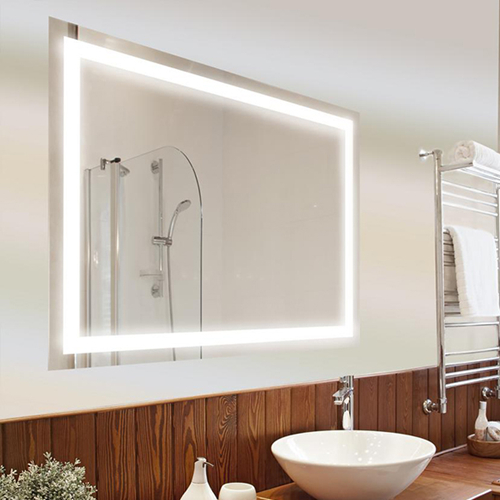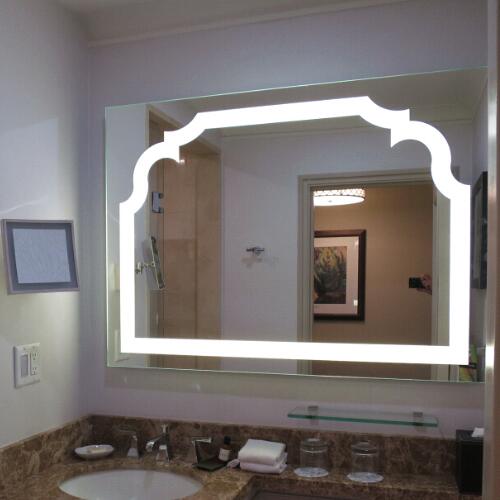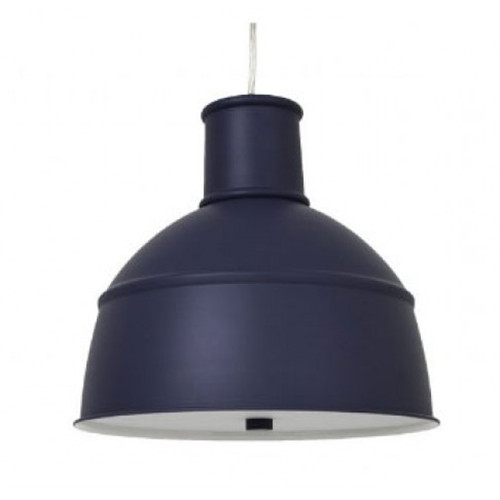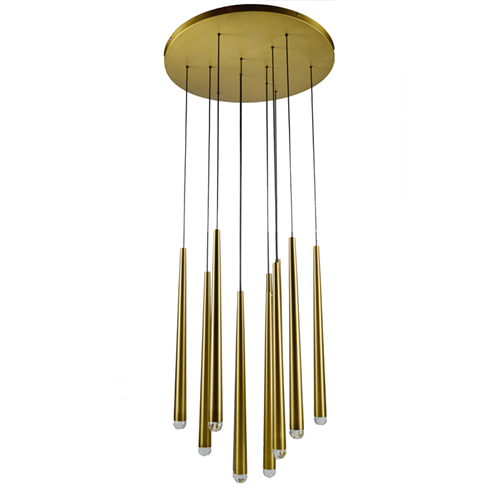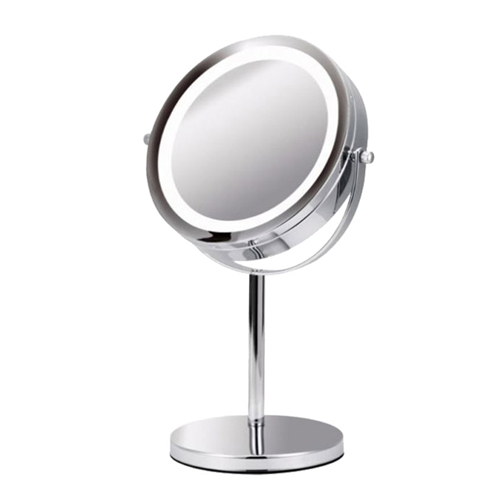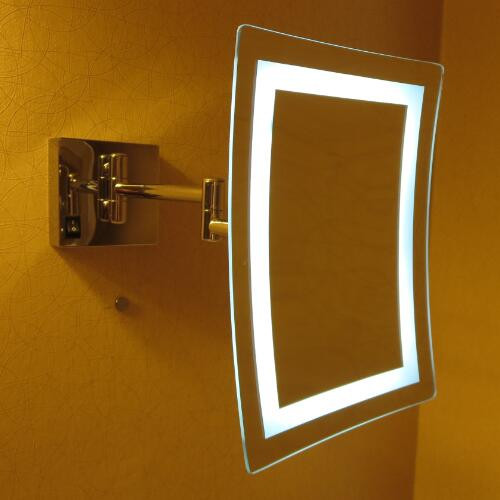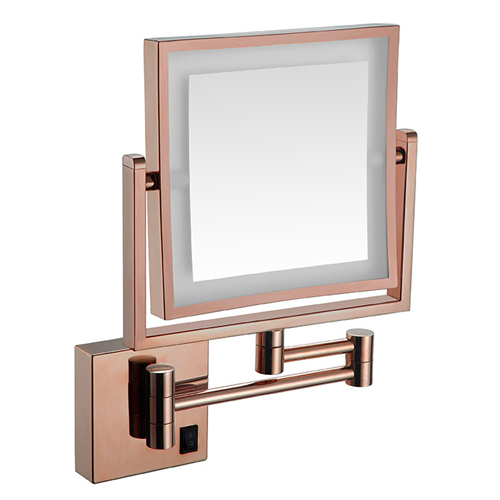How to Choose the Best Desk Lamp for Your Workspace
Finding a good desk lamp is more important than ever with being able to work from home becoming as common as going into a workplace. It's best to know the ins and outs of modern desk lamps so you can choose the right one for you, here's the how.
The Purpose of A Desk Lamp
A desk lamp helps to provide task lighting to illuminate the task at hand. Whether the task is typing away on the keyboard or reading the fine print, you want to be able to see comfortably and clearly. That's where a desk lamp comes in.
However modern desk lamps can be used for more than one purpose, like acting as another layer in a room's overall lighting scheme. And with the amount of beautifully designed desk lamps to choose from, the once boring lamp can make quite the bold statement all on its own. Since modern desk lamps nowadays are multi-functional, you'll need to consider what purpose your lamp will be providing.
Lamp Size
Consider your workspace, taking into account the size of your desk and the type of work that takes place there. Bigger desks, like drafting tables where you have a larger area that needs to be illuminated, need taller desk lamps with a long arm that can reach across the length of your desk.
Amount of Light
Eye strain is no joke, and the right type of lighting will help combat this. And older eyes are also more sensitive to glare, so find a lamp with a more directional beam. An LED light is great for task lighting. Not only does it consume less energy and lasts longer, but LEDs have a direct beam. Just be sure to get a lamp that is at least 5-10 watts, which is great for a home office and adult usage.
Light Position
Your desk lamp should be positioned above your head with the beam directed away from your eyes. A desk lamp that can be angled and manipulated will give you the flexibility you need to angle and position the light comfortably. You can even add in additional lights, like wall or clip lights, to help brighten up your workspace too.
Sunwin is one of the famous hotel decorative study reading light manufacturers in China, we provide high quality lamps, good prices and excellent services. We will respond your inquiries at sales@sunwinhotellighting.com, don't hesitate to send us the email.

